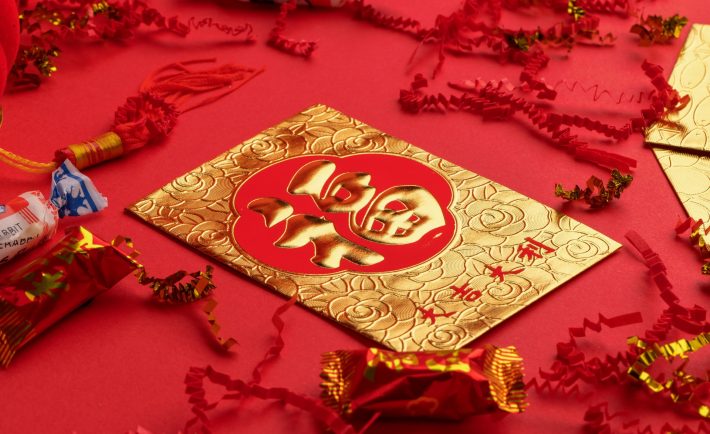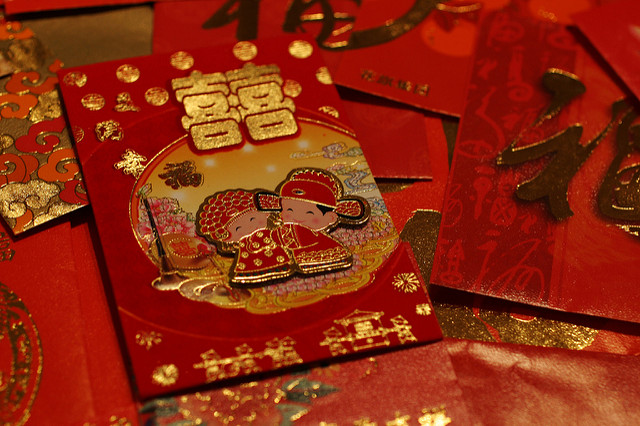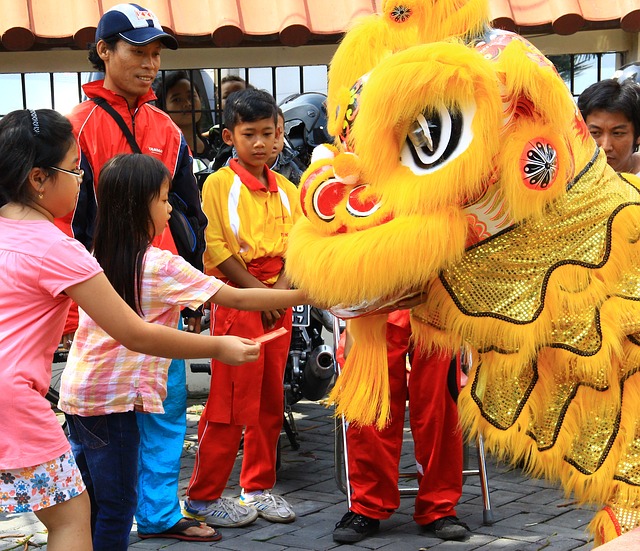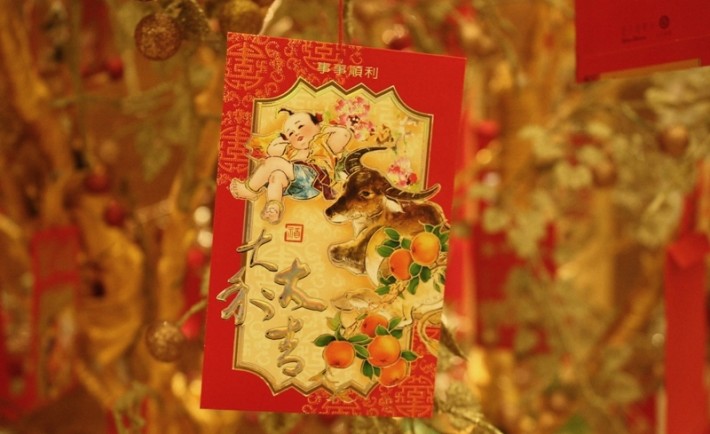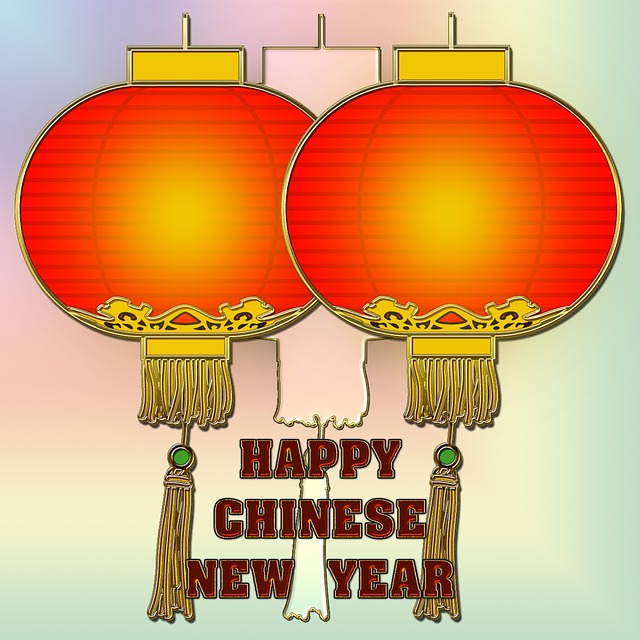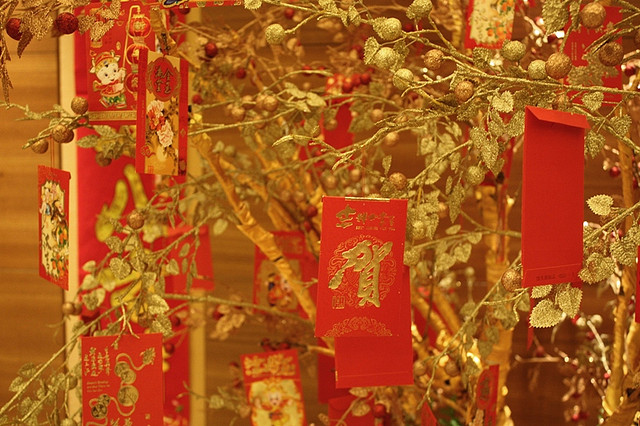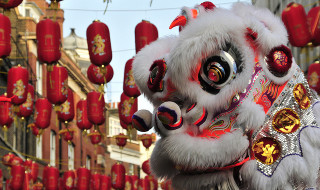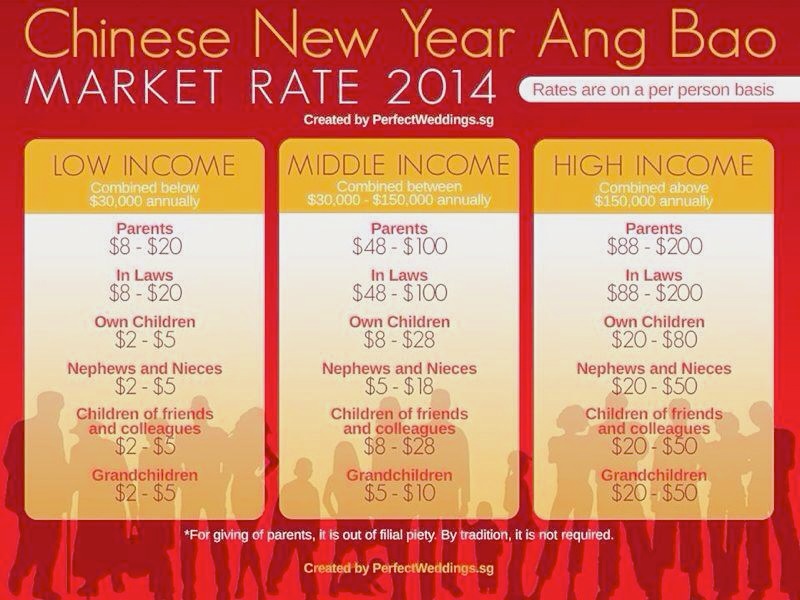The roaring Year of the Tiger begins on 2022 Feb 1 and ends on 2023 Jan 21. Abundant food, vibrant family reunions, and little red packets called ang bao will grace Singapore once again.
Singaporeans usually give these red packets during social gatherings such as Chinese New Year or weddings. Its color embodies “good luck”, which is supposed to ward off evil spirits.
If you are new to giving these red packets, how much money should you give? Let us start by knowing what a red packet or ang bao is.
What is an ang bao?
Married couples usually give these red packets to single people. It dates back from the Chinese belief that you achieve the adulthood once you get married. So, the newfound status comes with the privilege to distribute ang baos to those who remain single or are younger.
Since Singapore consists of diverse cultures, we as a nation have created practices surrounding ang bao gifting. It is not uncommon to have marriages between two different races, leading to traditional practices being modified.
Why do people give ang baos?
Ang bao gifting is a sign of goodwill and symbolizes good fortune. You do not need to break the bank for this gesture to be meaningful. It is a kind gesture, so give whatever you can afford.
Moreover, do not open your ang bao in front of everyone as it is considered impolite to start counting money in plain sight.
Related Article: Interesting Ang Bao Facts Every Singaporean Shall Know
What is the minimum amount to give?
To this day, there is no strict rate to be followed. The amount you give usually depends on how close you are to the recipient. We have heard people receiving ang baos ranging from S$6 to S$1000. As a general guideline, you should give the most to your parents, grandparents, and in-laws. Doing this is a sign of respect and gratitude.
Your siblings and own children can receive about S$50 to S$200 as a symbol of your love. Cousins, nephews, and nieces can receive S$10 to S$50 as a symbol of well wishes. You can also pack a couple of S$2 or S$6 ang baos in case you meet your acquaintances, distant relatives, and their little ones.
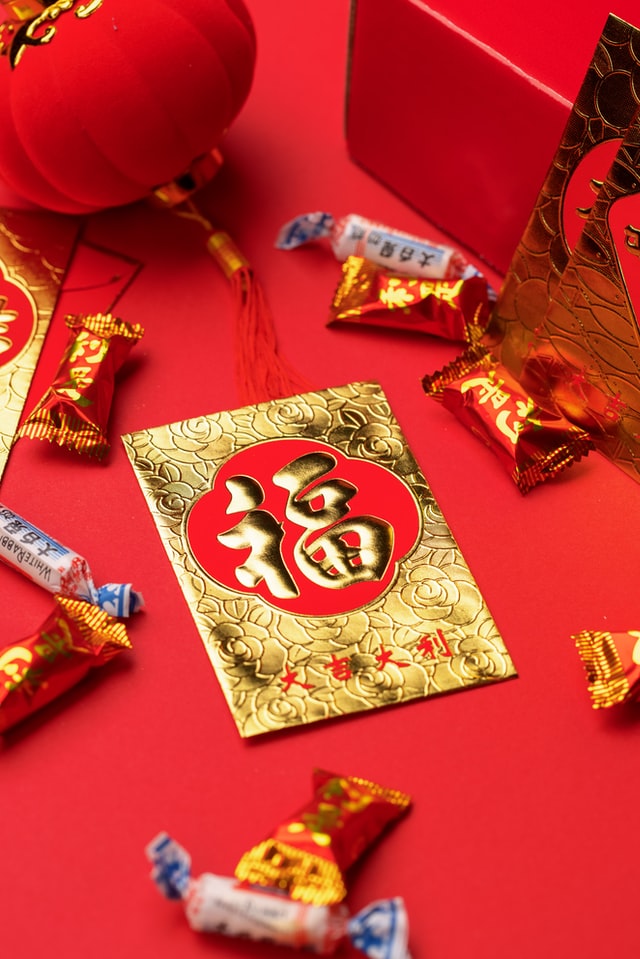
Image Credits: unsplash.com
Are there numbers to avoid?
Giving S$4 is debatable because the number “4” in Chinese sounds like “death”. As tempting as it sounds to give a modest amount of S$4, it may be better to avoid this in case others take offence.
Furthermore, elderly folks may advise against giving odd number amounts as it is considered inauspicious. Steer away from amounts like S$7 or S$11.
Can you give digital ang baos?
Giving digital ang baos is convenient and fast! Who does not love saving time and effort? You can give digital ang baos through the help of banks or retailers.
While it sounds good theoretically, not all Singaporeans are open to it. Traditionalists may frown upon this rising trend. However, money is money! Just remember to give within your means.

